Find a home in your garden for these native Adelaide plants and the local wildlife will love you for it.
In the garden: Support the locals
The Adelaide region offers a great choice of national parks to wander through. In these parks, you will find a variety of plants which have evolved with our climate over thousands of years and are well-suited to Adelaide’s landscape.
Once common throughout the Adelaide region, the below 10 plants are great additions to the backyard garden. Many are nowhere near as abundant as they once were.
Josh Laynes from State Flora, located in Belair National Park, says native plants are important for maintaining biodiversity. Plants native to a region are great for attracting native insects, beetles, birds, bees, and mammals.
“Nature has a memory,” Josh says. “Maybe those plants haven’t occurred in an area where there’s a residential development or maybe that plant hasn’t occurred there for 150 years, but if you put it back you will be surprised what comes to it.”
These plants are great options for those wanting to start their own native garden or add natives to an established exotic garden. There are many to choose from. “There’s a native version of everything,” Josh says. “And many of them have relationships with native insects and birds.”
“Certain butterfly species are specific to certain plants … a lot of them can be hardier and hold a higher moisture content through the summer, rather than introduced plants. So, they’re better adapted to our climate and soils as well.”
Before European settlement, many of these plants were dominant throughout the Adelaide region. But thanks to the efforts of those in national and conservation parks, as well as those nurseries specialising in natives, many of these plants still exist today.
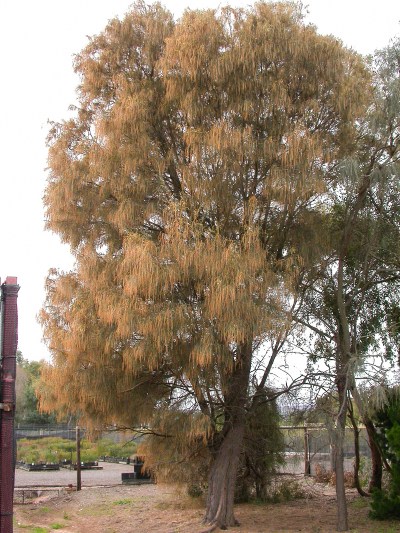
Drooping she-oak (Allocasuarina verticillata)
The drooping she-oak can grow to 10 metres tall, making it a great shade provider. “A small tree that most people can grow; it’s very drought-hardy,” Josh says. “You can buy it as an advanced tree, or typically in a tube stock.” This tree has separate male and female plants. “The female plant has big, woody cones on it and those are eaten and are the main food source of a lot of the larger parrots.” This tree also makes great firewood, one of the many reasons for the loss of numbers post-European settlement.
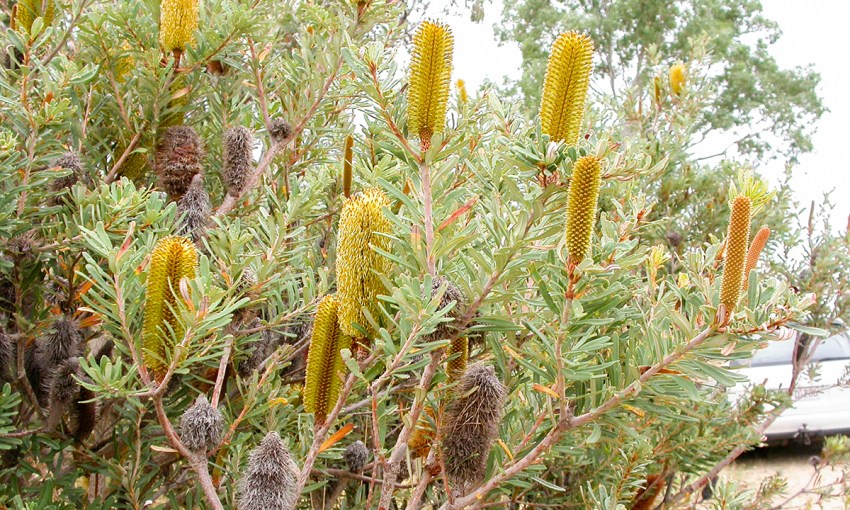
Silver banksia (Banksia marginata)
Banksias are hardy plants that produce abundant nectar, making them superb wildlife attracters. Its main pollinators are honeyeaters, especially the New-Holland honeyeater, small mammals, such as the ringtail possum, and insects. Yellow-tailed black cockatoos enjoy feeding on its seeds. It is medium-sized, fast-growing, and prefers sunny positions.
Josh says that this is a widely distributed banksia. “There are only two banksia species that grow naturally in South Australia, and this one’s easier to grow, typically, in a wide variety of soil types,” he says.
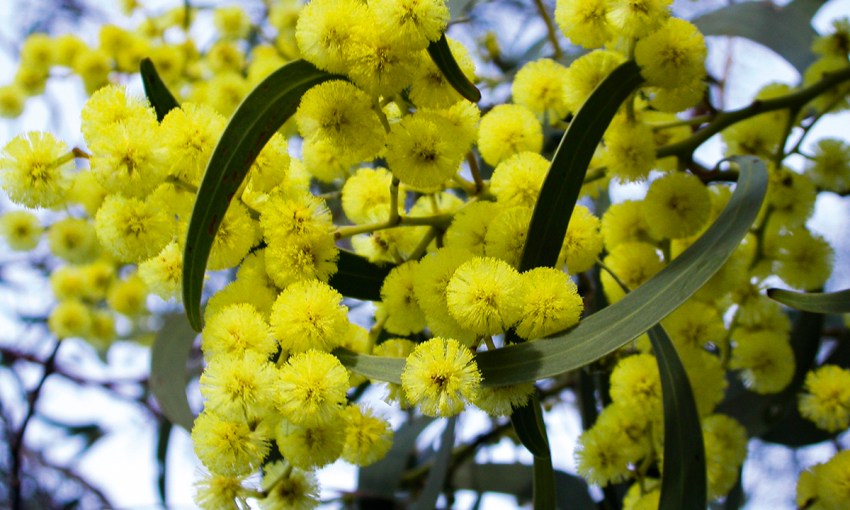
Golden wattle (Acacia pycnantha)
The golden wattle is probably the most common plant in this list. “It grows everywhere in South Australia basically, except for maybe the far, far north,” Josh says. It is also Australia’s floral emblem. It grows green leaves and heavily-scented, bright-yellow flowers in late winter, creating a beautiful display of Australia’s national colours. It grows quickly to a large shrub or small tree of about 3-6 metres, though is often short-lived to only about seven years.
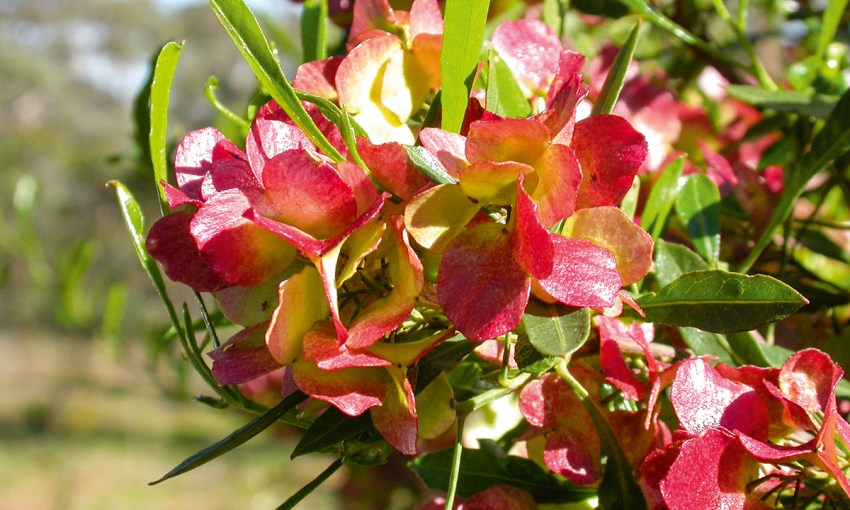
Sticky hop-bush (Dodonaea viscosa ssp. spatulata)
The sticky hop-bush creates a stunning red, yellow, or purple flower during spring and summer. “They call it the hop-bush because the first settlers used it as a substitute for hops in beer making,” Josh says. “It gets these big, red, papery fruits, it’s quite attractive, and then you get lots of unusual beetles and insects visiting that as well, so it’s a good thing for biodiversity.”
“It’s a handy screening species for along fence lines because it grows upright and you can give it a bit of a prune and get a nice, dense hedge out of it. So, it crosses a few different genres,” Josh says. It prefers a location with plenty of sun as the flowers will not be as striking in colour if shaded.
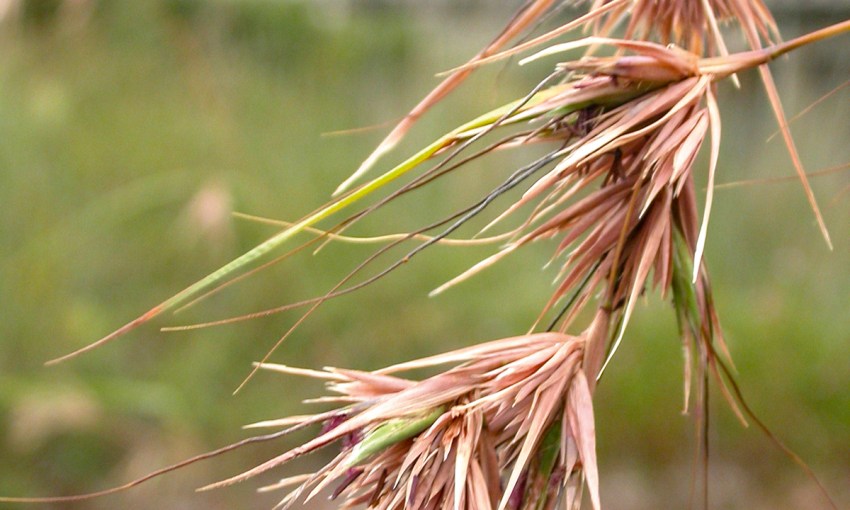
Kangaroo grass (Themeda triandra)
Kangaroo grass is a tall and robust native grass species. It can grow to about one metre high and produces distinctive red-brown spikelets in the summer. Its ripe flowers can look like a kangaroo’s foot. It can make a great feature in rockeries, or any garden which can make use of its distinctive earthy colour. “It has certain butterfly species which are specific to Kangaroo grass and use it as a host plant for their larvae,” Josh says. This species has a large distribution and can be found all over Australia, as well as Africa, Asia and the Pacific, so it is important to source plants local to your area.
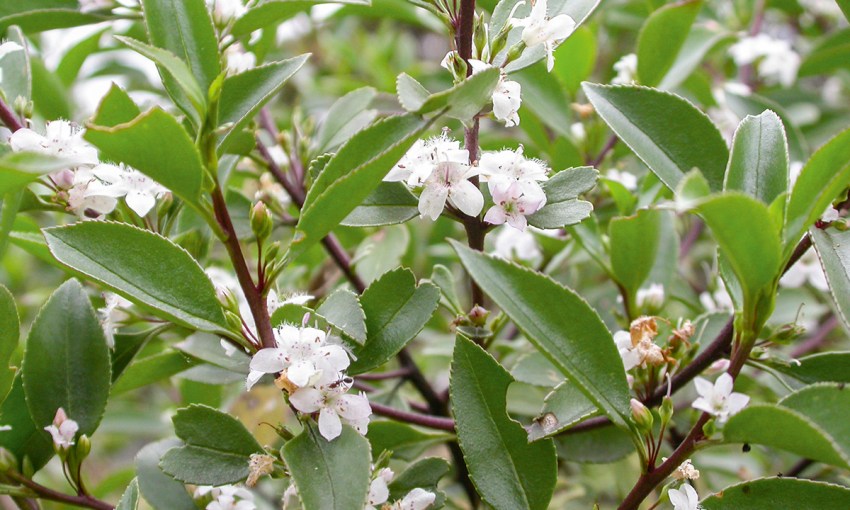
Sticky boobialla (Myoporum petiolatum)
Sticky boobialla is a woody shrub that can grow to two metres tall. “It has shiny, green, broad, lush leaves and lots of little white flowers in springtime, and that brings in many beneficial insects,” Josh says. It also produces succulent purple berries, providing a food source for birds. Its former name was viscosum, but that name is now used for a similar plant on the Yorke Peninsula.
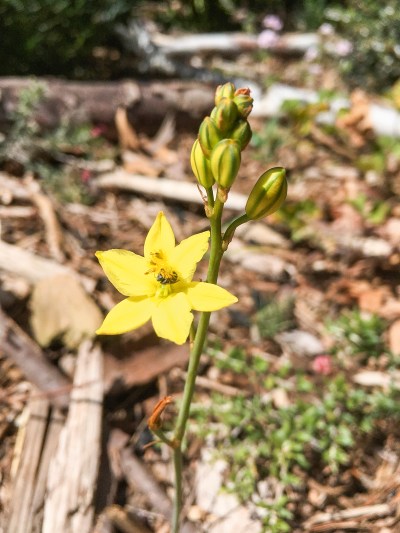
Bulbine-lily (Bulbine bulbosa)
The bulbine-lily is known by many other names including native leek, wild onion, and leek lily. It is a very ornamental plant, producing many bright-yellow flowers in the spring which give off a perfume. “If you’re getting a few happening in the garden you can actually smell it in the air,” Josh says. It grows to about 50cm tall, looks stunning in large bunches, and is a great native alternative to the daffodil.
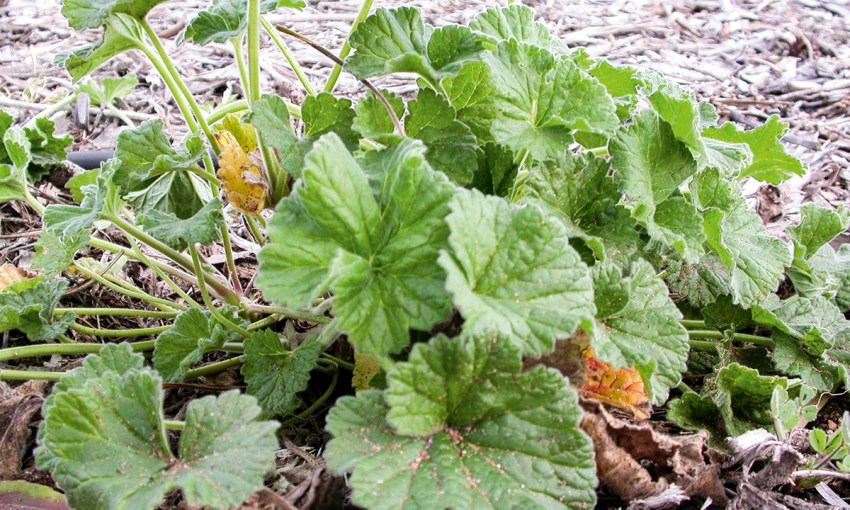
Native stork’s-bill (Pelargonium austral)
Sometimes called native geranium as it comes from the same family, the stork’s-bill is a small plant which produces gorgeous red-flecked, pale-pink flowers in summer. Josh says it is a great starter plant if you’re wanting to incorporate some native species into an exotic garden. “It really can fit into a cottage garden look, so it’s good for people who are starting to get into native plants, and it fits in with a Mediterranean style garden,” Josh says.
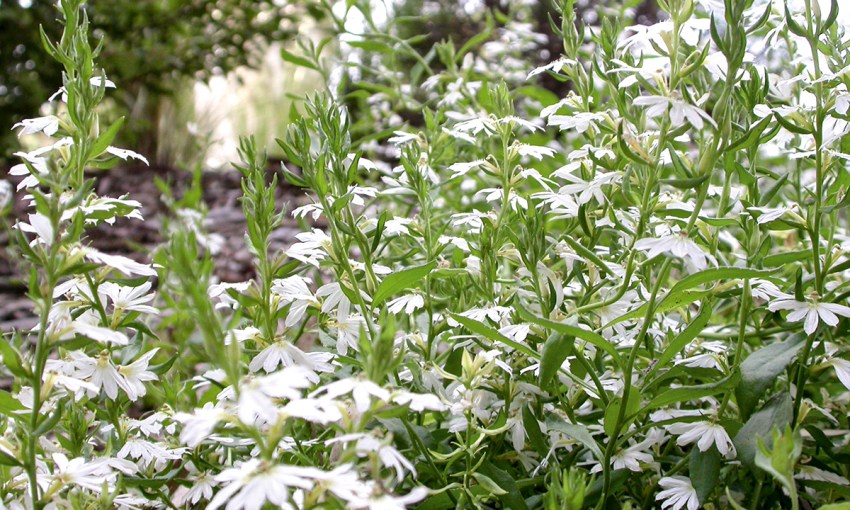
White fan-flower (Scaevola albida)
Much like the storks-bill, the white fan-flower is another small ornamental plant easily incorporated into home gardens. In spring and into summer it produces pale blue, fan-like flowers. “You can use it in a small garden, or even in hanging baskets or raised garden beds and let it spill over the edge,” Jason says. It forms a mat 30-40cm across, completely covering the soil below. It is also resistant to salt spray, making it great for gardens right on the coast.
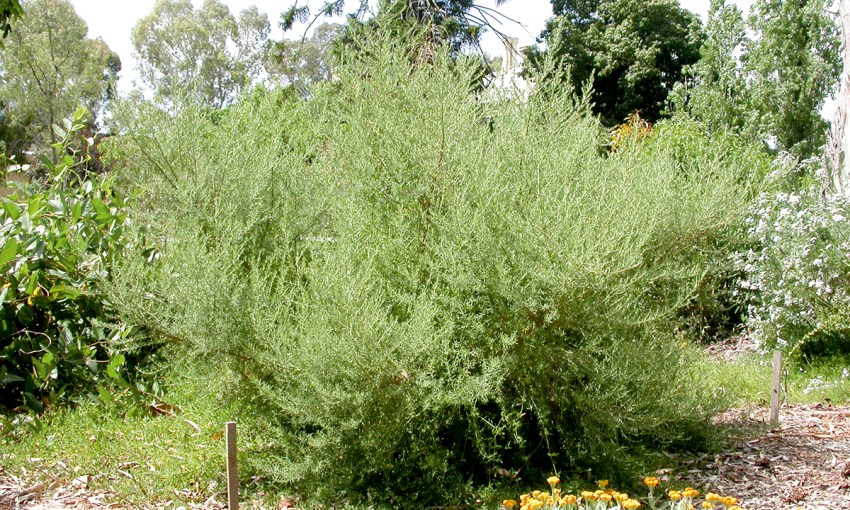
Twiggy daisy bush (Olearia ramulosa)
The Twiggy daisy bush is straggly-looking in the wild but in cultivation can become a rounded, semi-formal shrub, or even a small hedge. “It occurs all over the Adelaide region in a wide range of habitats, from high rainfall right down into the plains,” Josh says. This is an important plant for local birds and insects as it flowers when many other plants don’t — beginning in late autumn and throughout the year. Its small white flowers have few petals, giving the plant an interesting silvery effect.
This story first appeared in the Spring 2019 issue of SALIFE Gardens & Outdoor Living magazine.


